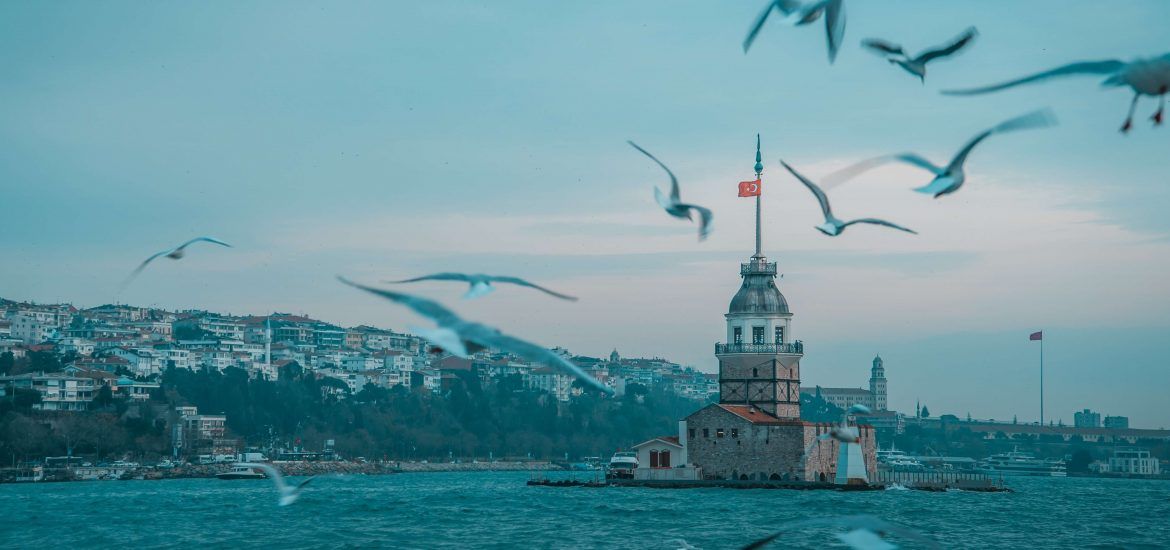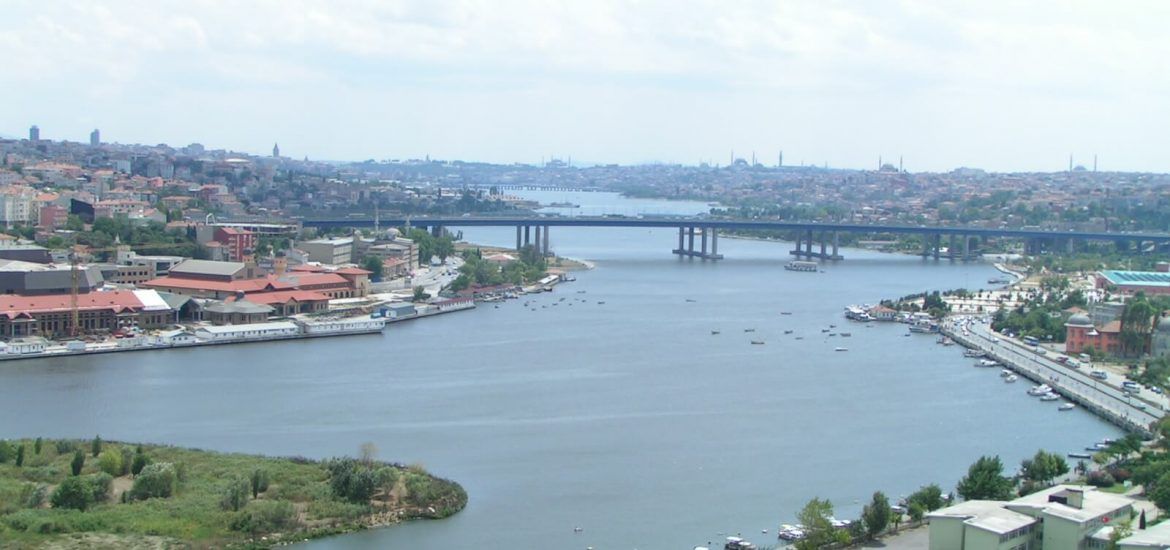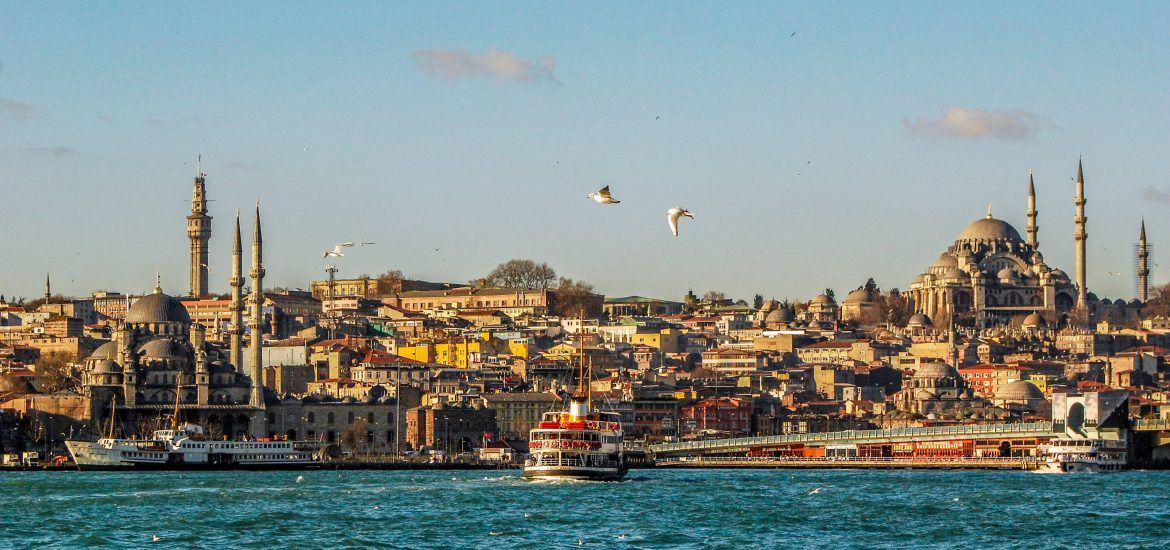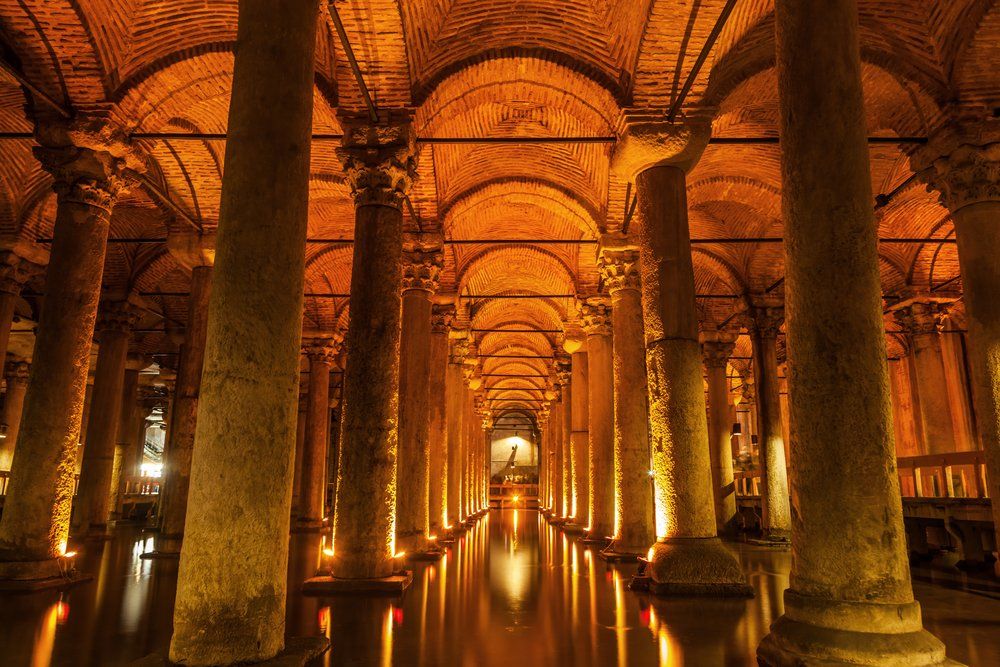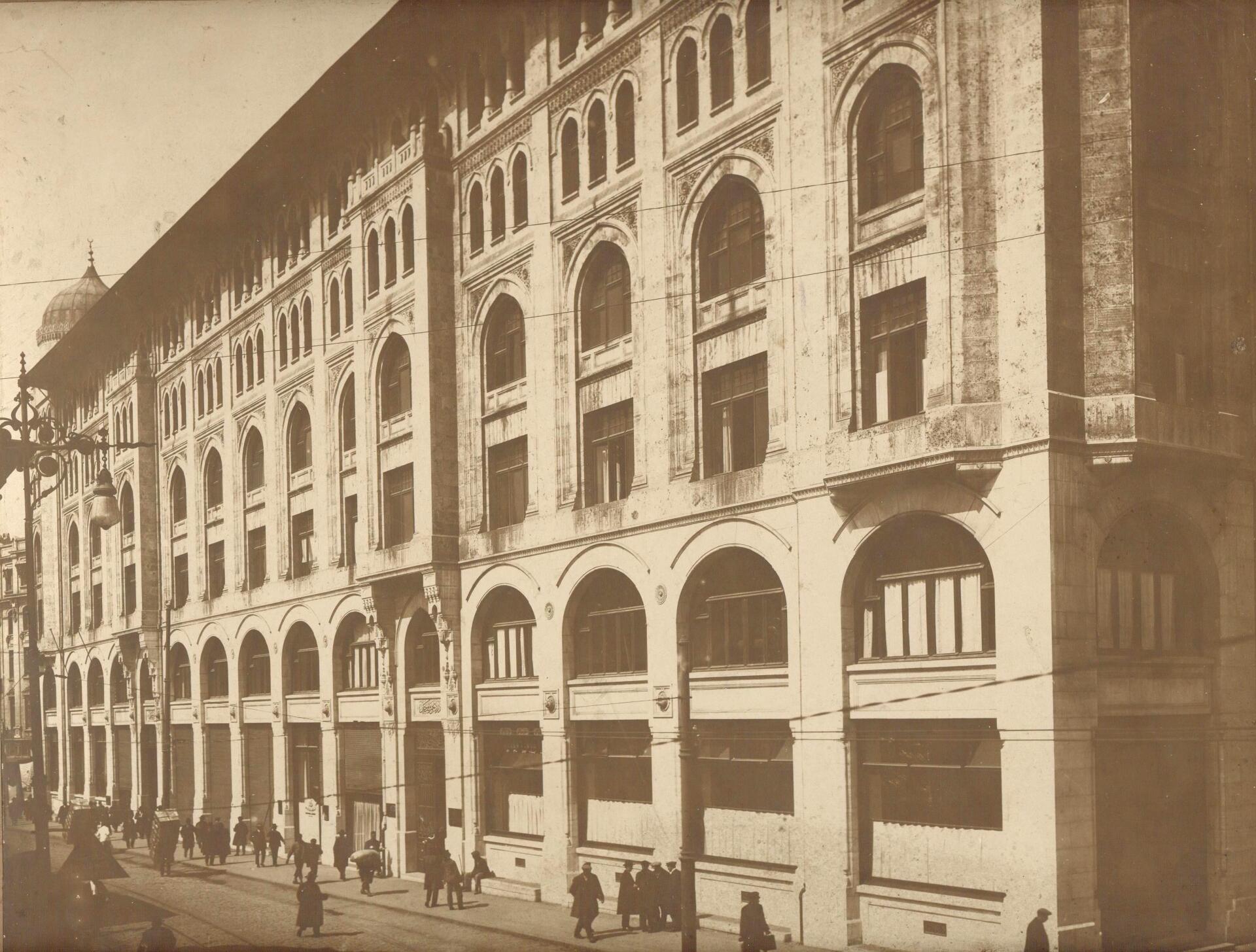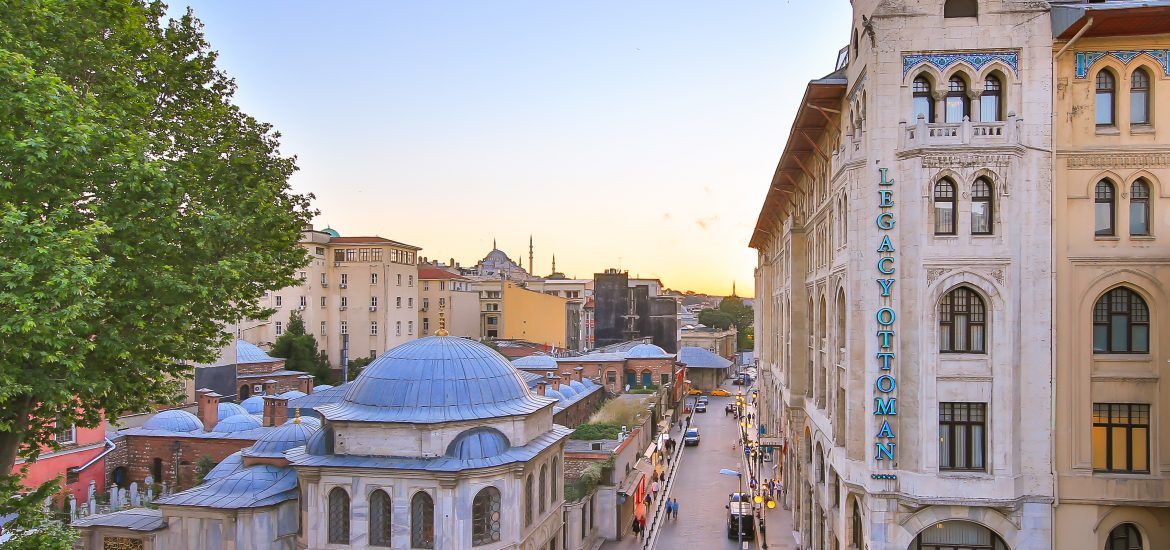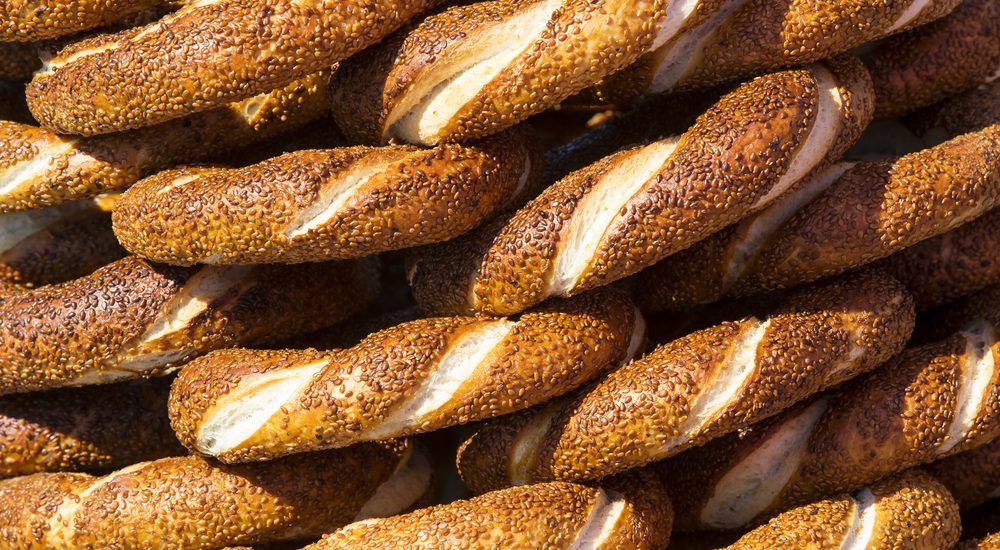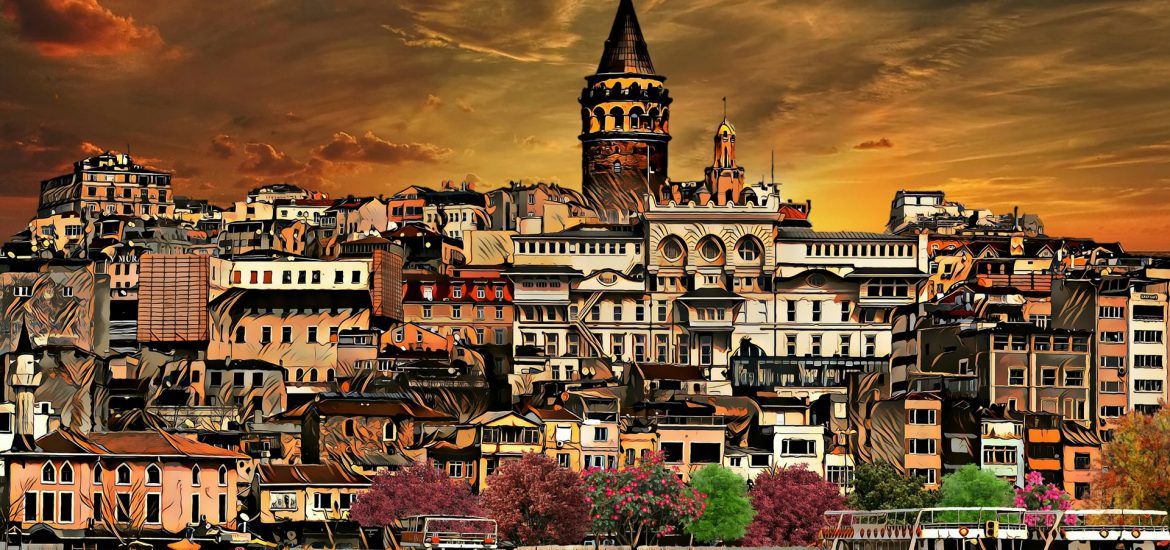Balat Tour 2: Balat District
Balat district starts after Fener district. Balat is one of Istanbul’s most interesting neighborhoods. This is an old Jewish quarter. Jews used to live here.
The name of Balat; It is thought to derive from the word “palation” which means palace in the Greek language.
In the 15th century, Sephardic Jews who fled from the Spanish Inquisition courts and came to Istanbul settled here. They came to Istanbul with the invitation of Sultan Beyazıt II.
Jews in Balat, Greeks in Fener and Muslims in Ayvansaray lived peacefully for many years. Jewish communities here left their neighborhoods due to the Israeli immigration that started in the 1950s.
There are buildings that you should definitely see while visiting Balat. You will find those venues in this list.
You can check here for Fener and Cibali Neighborhoods travel guide.
Balat District
Bakery Products of Historical Stone Kiln House
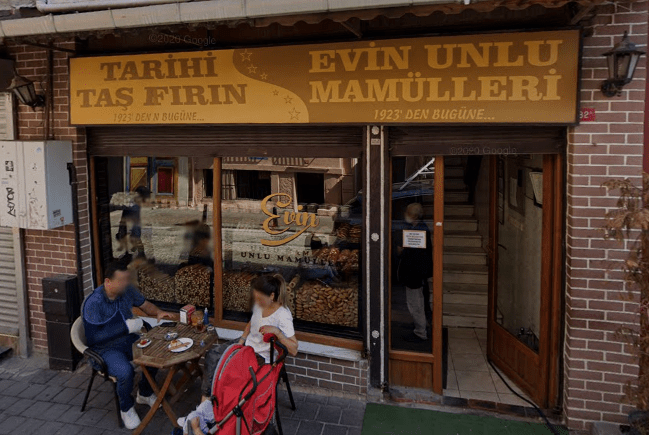
This bakery, which was opened in 1923, is one of the symbols of the neighborhood. Options such as bread, pastry and bagels are cooked in a stone oven.
Sveti Stefan Bulgarian Church
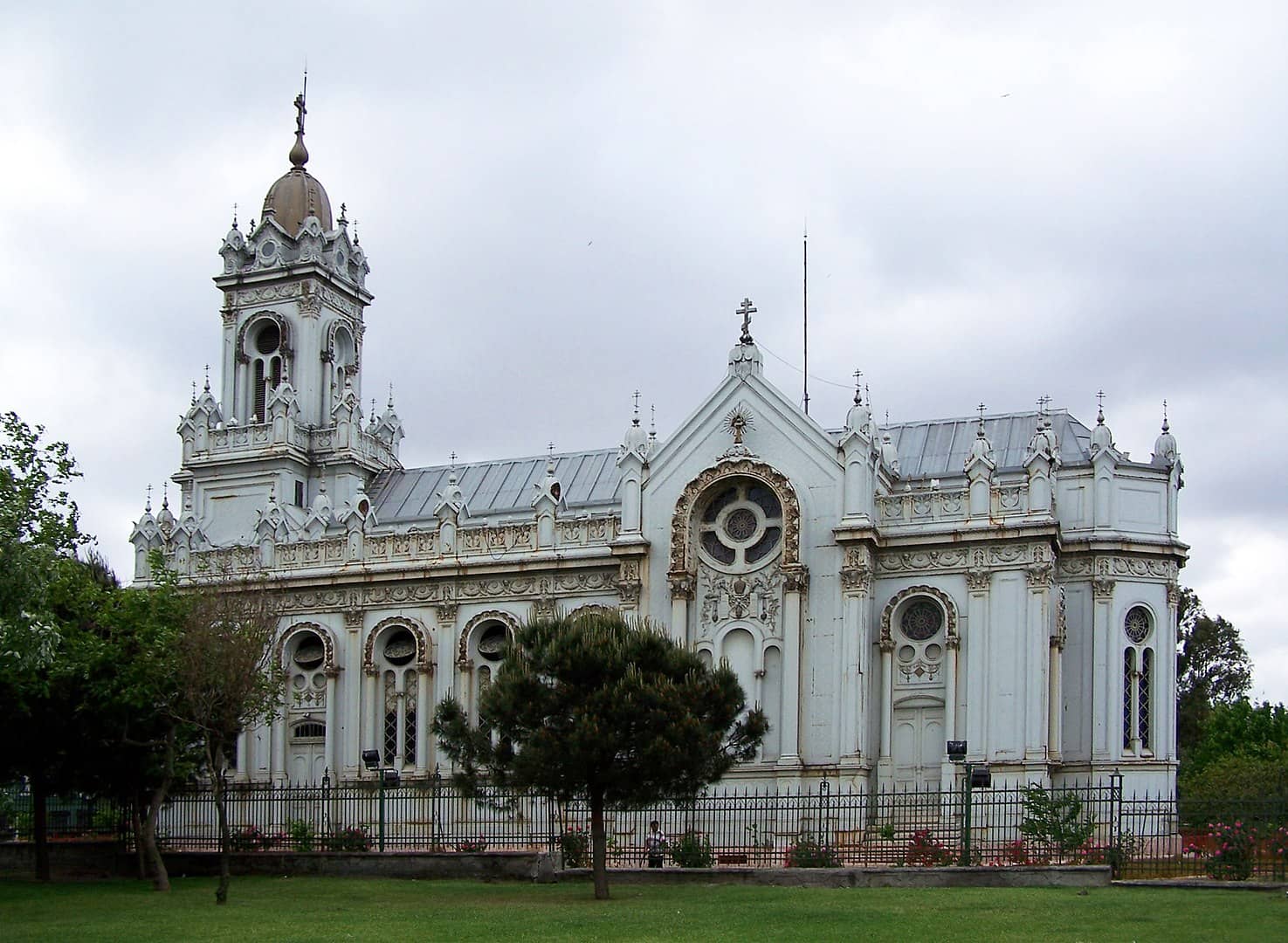
Having this ornate architecture, the church is also known as the ‘Iron Church’. It is completely made of disassembled iron casting.
The Bulgarian community, influenced by the Nationalism movement in the 19th century, wanted to build a church of their own. Leader Stefanaki Bey donated his own house to be able to worship from the Ottoman Empire in 1848.
Later, parts of the church were produced in Vienna with the project of Architect Housep Aznavur. The parts that were transported to the Golden Horn by ships over the Danube River and the Black Sea in 1896 were combined here.
Thus, the Bulgarian church was separated from the Greek Patriarchate and became an independent institution.
Demir Church is open to visitors every day between 08.00 – 17.00.
Wooden Minaret Mosque
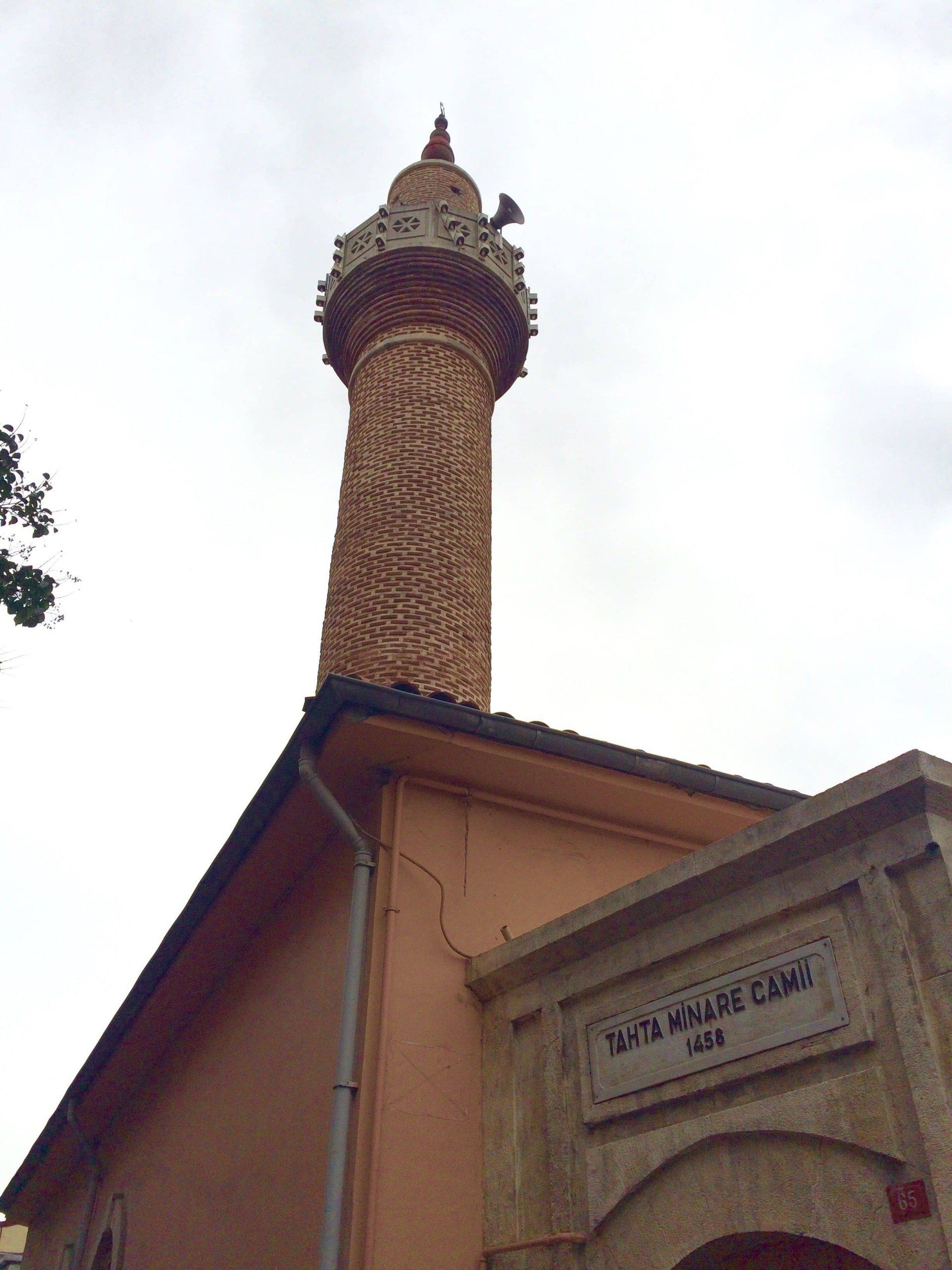
It was built in 1458 by Fatih Sultan Mehmet. It is located at the intersection of two streets. It gives a nice photo frame with its location
Köfteci Arnavut
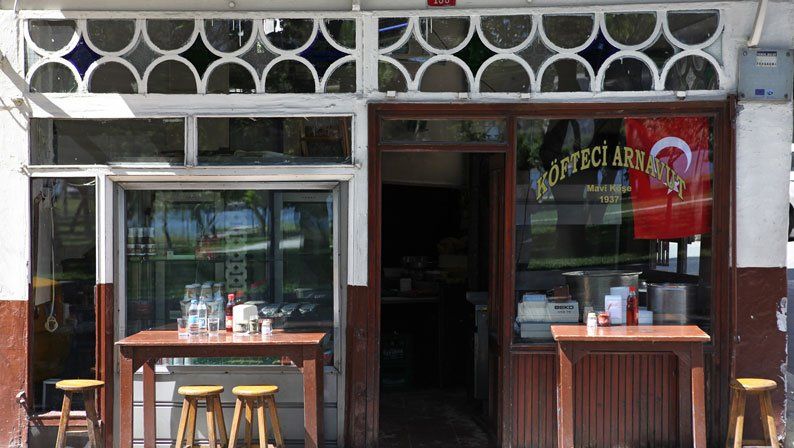
Köfteci Arnavut has been serving since 1937. Meatballs and desserts are famous.
We recommend you to try the trile, known as the Albanian dessert, here
Historical Balat Houses
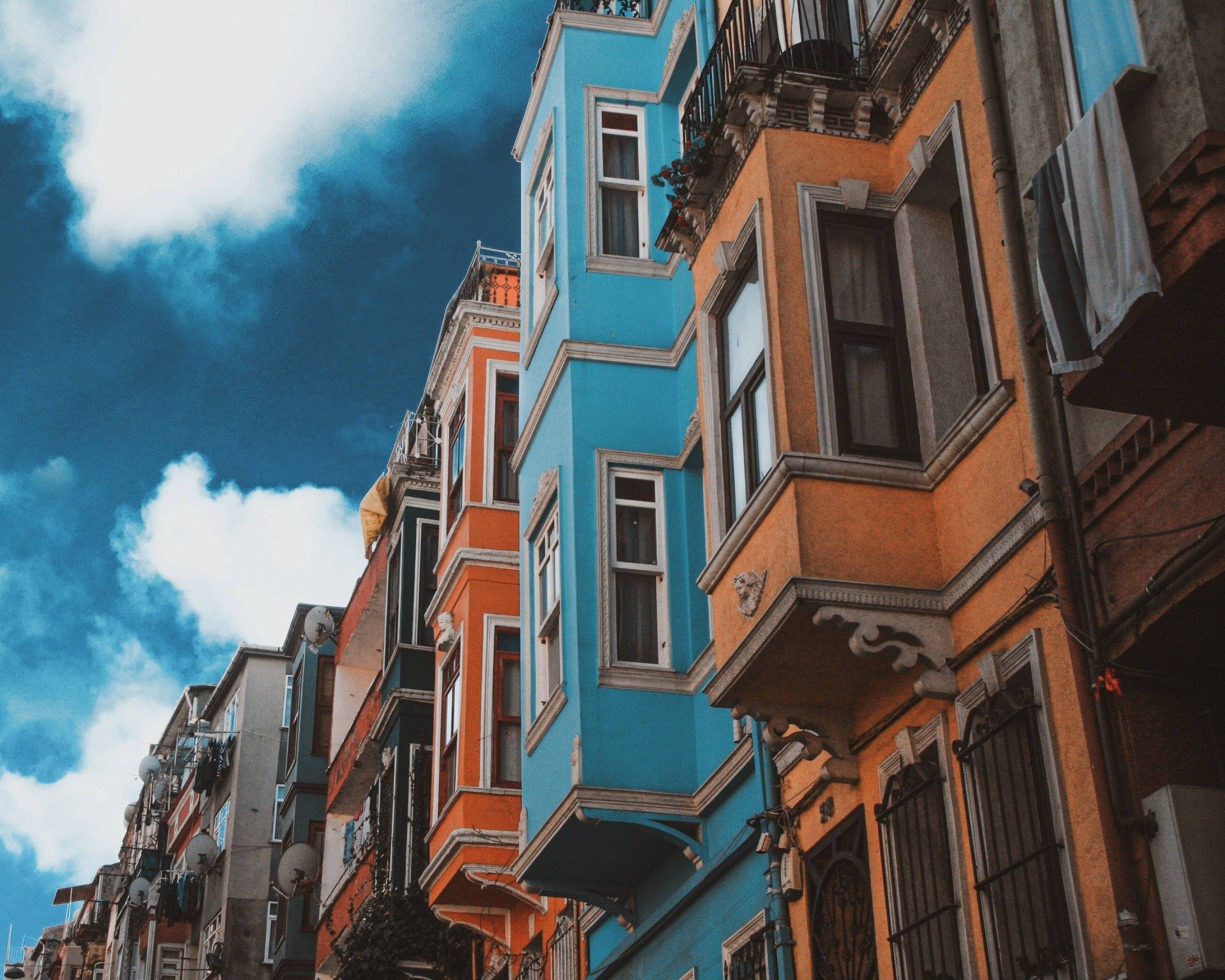
This is Balat’s ramp full of colors.
Colorful historical houses, restored within the scope of UNESCO Cultural Heritage, have a magnificent view.
Ladder Slope, where the houses are located, is flooded with visitors at all hours of the day.
Çıfıt Bazaar
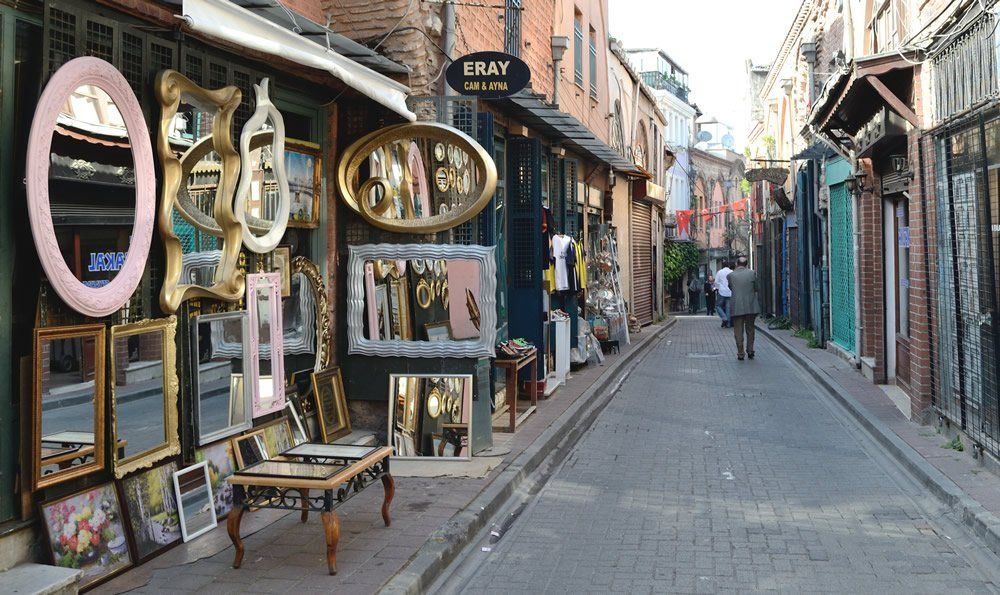
Çıfıt is an Ottoman word used to mean “Jew”. The name of the Jewish bazaar in this area was then called the çifıt bazaar.
Currently, there are antique shops and mirror shops in this bazaar. In addition, Agora Meyhanesi and Yanbol Synagogue are also in this market.
Opposite the Agora Tavern, between the antique shops, the iron door is the entrance to the Yanbol Synagogue. This place was built by Sephardic Jews from the Bulgarian town of Yanbol.
Ahrida Synagogue
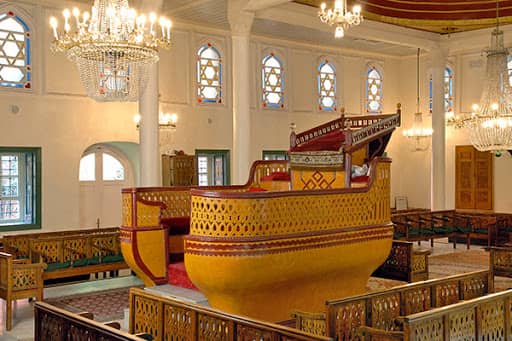
Jews who migrated from Ohrid, Macedonia and settled in Balat built this synagogue.
The prayer section, which resembles the shape of the ship, is very interesting. It has been open to worship for 550 years without interruption.
Sabetay Sevi, who declared himself a prophet in the 17th century, preached in this synagogue when he came to Istanbul.
Molla Aşkı Landscape Hill
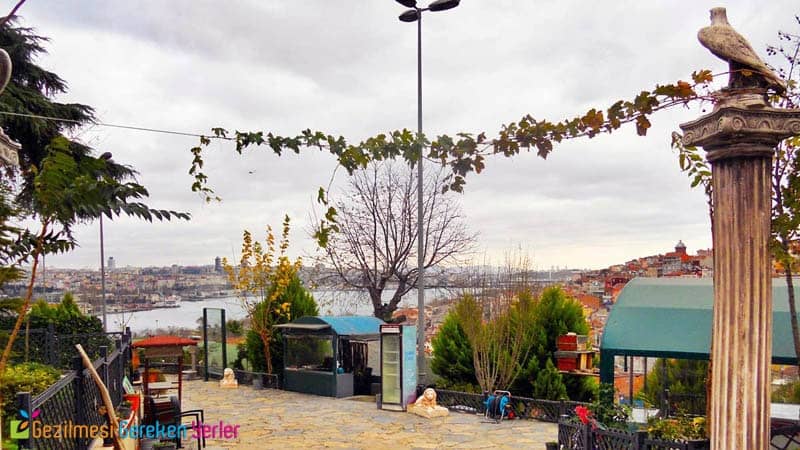
When you walk up from Ahrida Synagogue, you reach a viewing terrace.
This is the tea garden in front of the Molla Aşkı Mosque. You can watch the Golden Horn view from here.
Balat Surp Hıreşdagabet Armenian Church

Hıreshdagabet means ‘Archangel’ in Armenian. This place is also known as the Church of Miracles. According to belief; Once a year, on the second Saturday of September, those who are sick get better.
The church is dedicated to the archangels Michael and Gabriel.
This church used to be an Orthodox Greek church, but was later given to them because the Armenian community grew in the neighborhood.
The church is open to visitors until 14:00 on Thursdays and Sundays.
Ferruh Kethüda Mosque
Ferruh Kethüda Mosque is a work of Mimar Sinan. It was built in 1563.
When it was built, there were fountain, court building, madrasah and lodge buildings around it.
There is a sundial at the back of the mosque.
Hz. Cabir Mosque
It is a building from the 9th century.
When it was Aya Tekla Church, it was converted into a mosque in 1490 by the grand vizier Koca Mustafa Pasha.
There is a sundial on the north wall of this mosque.
Agora Tavern
It is the place with wooden wide doors, right across from Yanbol Synagogue.
Agora Meyhanesi has a history of 120 years.
It was founded in 1890 by Asteri. From Asteri to his son, then to his grandson Hristo. Hristo also sold and settled in Athens. It is currently run by director and actor Ezel Akay.
How to go to Balat?
Balat is located on the historical peninsula of Istanbul, on the shore of the Golden Horn.
The distance between Legacy Ottoman Hotel and Balat is 4 kilometers.
You can reach Balat in 20 minutes by taking the buses departing from Taksim.
From Üsküdar, you can go to Eminönü pier and take the buses going to Eyüp.
If you are going by subway, you can walk for 15 minutes after getting off at Haliç stop of M2 Metro. If you do not want to walk, you can take the buses to Eyüp.
